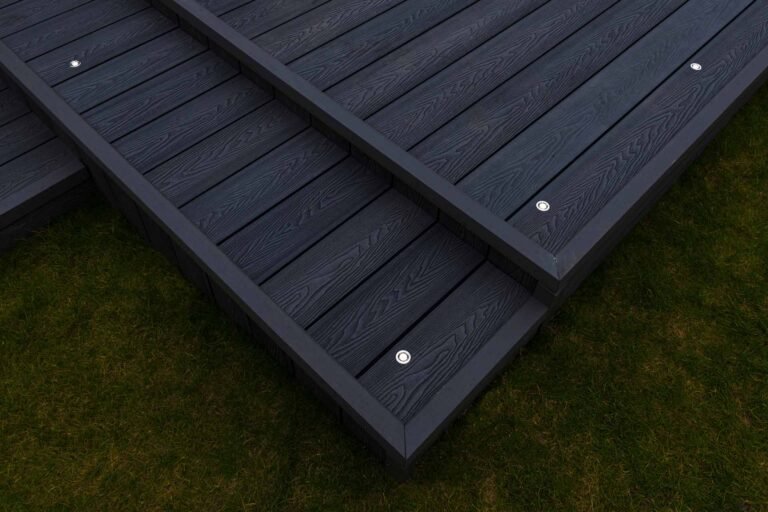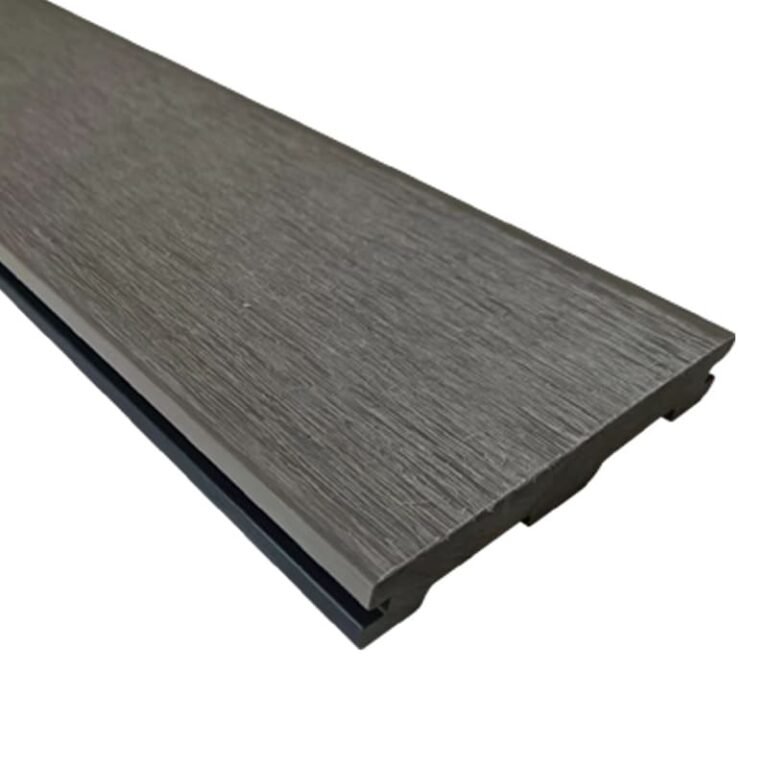Have you seen a beautiful wood deck destroyed by termites? The damage is expensive and frustrating. It makes you worry about the materials you choose and recommend to your clients.
No, termites generally do not eat composite decking. This material is made from a mixture of wood fibers and plastic. The plastic encapsulates the wood fibers[^1], making them indigestible and unappealing to termites. This protects your decking investment from termite damage.
Over my 12 years in the WPC industry, this is one of the most common questions I get from importers and distributors. The short answer gives you confidence, but understanding the "why" is what helps you serve your customers best. You need to know exactly what makes this material so resilient and if there are any exceptions. Let's look closer at the details so you can have complete peace of mind.
Is composite decking termite proof?
You are told that composite decking resists termites. But you worry if "resistant" really means "proof." Misleading claims can lead to a false sense of security and big problems later.
Yes, for all practical purposes, modern composite decking is termite-proof. The manufacturing process fuses wood fibers with plastic under high heat and pressure. This creates a new material that termites cannot chew through or digest, providing excellent, long-term protection against infestation.
Let's dive deeper into why this material is so effective. It is not just a simple coating. The termite resistance is built into the core[^2] of every board. I have seen the manufacturing process up close for years, and it is designed specifically to overcome the weaknesses of traditional wood. Termites are looking for cellulose, which is the main component of wood. Our process makes that cellulose unavailable to them.
How Manufacturing Creates a Termite Barrier
The magic happens during co-extrusion. We take fine wood fibers and mix them with high-density plastics like HDPE[^3]. This mixture is heated and forced through a die. The intense heat and pressure cause the plastic to melt and completely encapsulate the wood particles. This means there is no exposed wood for a termite to eat[^4]. Even if a termite tried to bite into it, it would get a mouthful of plastic. It is not a food source, so they simply ignore it. Think of it like a snack locked inside a plastic box; the termites can't get to it.
The Role of Capped Technology
Modern WPC decking has an extra layer of protection. We call this a "cap." It is a tough outer shell made of pure polymer that is bonded to the composite core. This cap provides superior fade and stain resistance, but it also creates an impenetrable final barrier against pests. Older, first-generation composites were "uncapped." They were still very resistant, but the capped versions we produce today offer total protection. The table below shows a clear comparison.
| Feature | Traditional Wood Decking | Capped Composite Decking (WPC) |
|---|---|---|
| Core Material | 100% Cellulose (Termite Food) | Wood Fiber Encapsulated in Plastic |
| Surface | Porous, can absorb moisture | Non-porous Protective Polymer Cap |
| Termite Appeal | High | Extremely Low |
| Risk of Damage | Very High | Negligible |
| Required Maintenance | Needs chemical treatments | No termite treatments needed |
Does composite decking attract termites?
Your deck itself might be safe from being eaten. But can the deck's presence still attract termites to the property? This could put the home's foundation or other wood structures at risk.
No, the composite decking material itself does not attract termites. It doesn't have the scent of wood that termites search for. But, poor installation or debris left under the deck can create a damp, dark environment that attracts termites to the general area.
This is a very important point that I always emphasize with my partners. The composite deck is safe, but you must think about the entire system. A great product can be let down by poor installation practices. The goal is to build a beautiful deck that does not accidentally create a shelter for pests. The problem is never the WPC boards themselves. The problem is always the environment created around and under them.
It's What's Under the Deck that Counts
Termites love two things: moisture and darkness. A deck built too close to the ground without enough airflow creates the perfect termite hideout. They are not coming for the composite boards on top. They are attracted to the conditions underneath. I have seen cases where contractors left wood scraps or old concrete form boards under a new deck. These items are like a free buffet for termites. The termites establish a colony there and can then target other parts of the property, like the house's wooden frame. This is why site preparation is so critical. Any cellulose material, like wood, cardboard, or even large piles of leaves, must be removed from under the deck footprint before you begin building.
Best Practices for Pest-Free Installation
The deck's substructure is usually made from pressure-treated lumber[^5]. While this wood is treated to resist rot and termites, it is not invincible forever. The best defense is to make the whole area unattractive to pests.
Here are the key steps:
- Ensure Good Ventilation: Design the deck with at least 30 cm of clear space between the ground and the joists. This allows air to circulate, keeping the area dry.
- Promote Proper Drainage: The ground under the deck should slope away from the house foundation. This prevents water from pooling.
- Clear All Debris: Before and after construction, make sure all wood cut-offs, paper, and other organic waste are completely removed.
- Use a Vapor Barrier: In very damp climates, laying down a plastic vapor barrier on the ground can help control moisture.
- Build a Barrier: Never allow mulch, soil, or planters to touch the deck structure. Keep a clear space around the perimeter.
By teaching your clients these simple rules, you help ensure the long-term success of their project.
Conclusion
Composite decking is an excellent choice for avoiding termite problems. The material's core makeup makes it indigestible to termites. But remember, correct installation is key to keeping the whole area pest-free.
[^1]: Learn how the encapsulation process protects decking from termites and why this makes composite boards a superior choice for durability.
[^2]: Discover the science behind core protection and how it ensures long-term defense against termite infestation for your decking.
[^3]: Find out the benefits of HDPE in decking, including its role in termite resistance and overall material strength.
[^4]: See why eliminating exposed wood is crucial for keeping termites away and protecting your investment.
[^5]: Find out the strengths and limitations of using pressure-treated wood beneath your composite deck.







